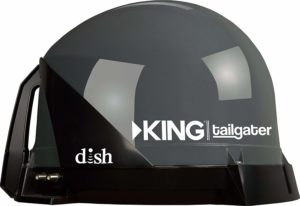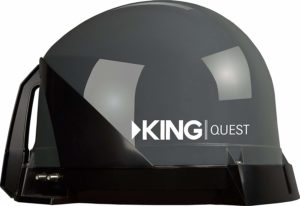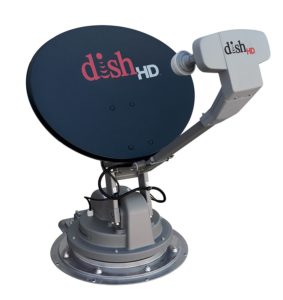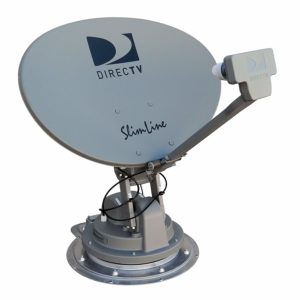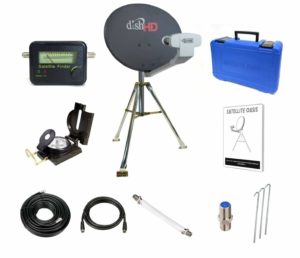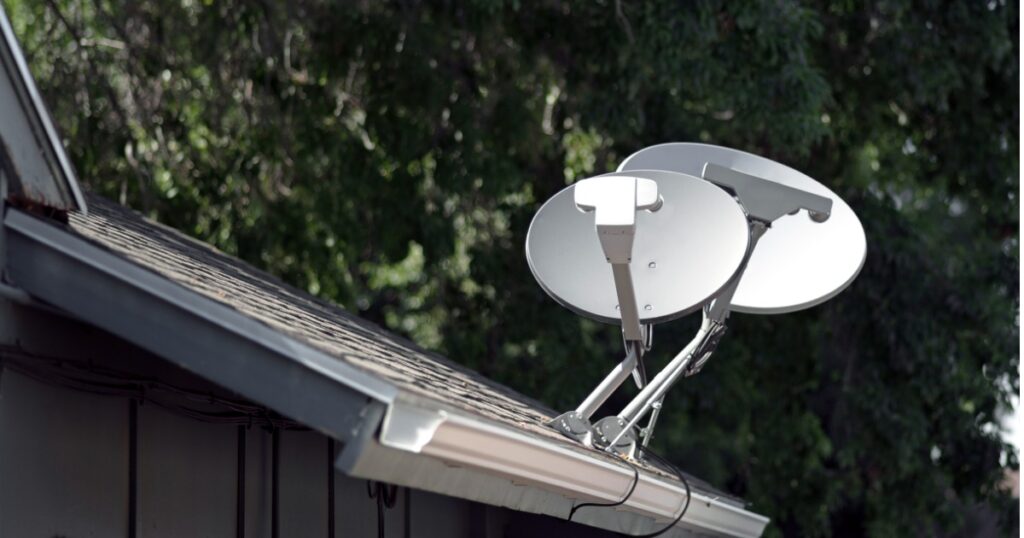If you’re in the market for a new satellite dish, be warned. Things can get complicated. Not every dish is compatible with every provider, and what are those weird ones with the dome?
Before you throw your money in the wrong direction, let us fill you in on all the details. We’ve found the best satellite dishes—now let’s find which one’s right for you.
Before we get into the dishes themselves, it's important to first understand that the two major satellite TV providers, DISH Network and DIRECTV, each use their own satellite technology. That means most satellite dishes are compatible with one or the other, but not both.
We'll cover the best dishes for both DISH and DIRECTV in each category, but you'll need to decide which provider you want before you pick your dish. Generally speaking, DISH offers a better DVR (the Hopper 3) and guaranteed two-year pricing, while DIRECTV has more channels overall and more sports channels to boot.
